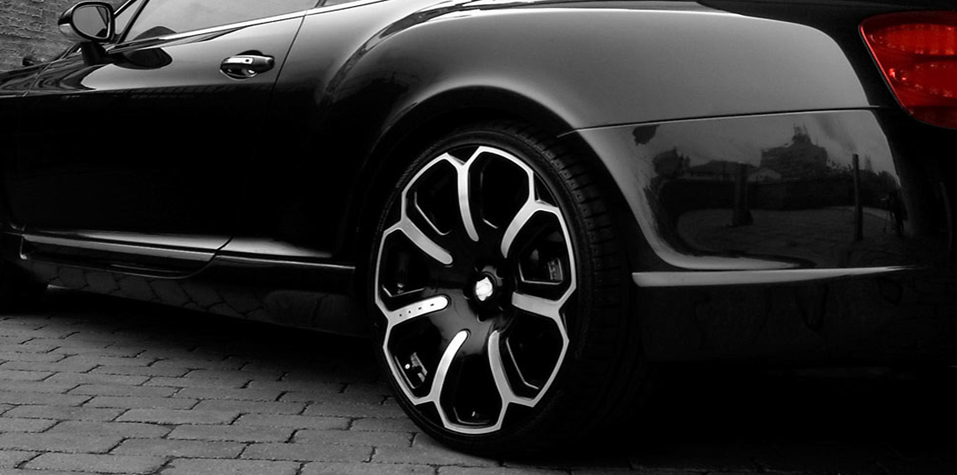
( From Wikipedia, the free encyclopedia)
Industrial design is a process of design applied to products that are to be manufactured through techniques of mass production. A key characteristic is that design precedes manufacture: the creative act of determining and defining a product's form and features takes place in advance of the physical act of making a product, which consists purely of repeated, often automated, replication.This distinguishes industrial design from craft-based design, where the form of the product is determined by the product's creator largely concurrent with the act of its creation.
All manufactured products are the result of a design process, but the nature of this process can take many forms. It can be conducted by an individual or a team, and such a team could include people with varied expertise (e.g. industrial designers, engineers, business experts, etc.). It can emphasize intuitive creativity or calculated scientific decision-making, and often emphasizes both. It can be influenced by factors as varied as materials, production processes, business strategy, and prevailing social, commercial, or aesthetic attitudes. Industrial design, as an applied art, most often focuses on a combination of aesthetics and user-focused considerations, but also often provides solutions for problems of form, function, physical ergonomics, marketing, brand development, sustainability, and sales.

Generally, industrial design professionals work in small scale design, rather than overall design of complex systems such as buildings or ships. Industrial designers don't usually design motors, electrical circuits, or gearing that make machines move, but they may affect technical aspects through usability design and form relationships. Usually, they work with other professionals such as engineers who focus on the mechanical and other functional aspects of the product, assuring functionality and manufacturability, and with marketers to identify and fulfill customer needs and expectations.
Design, itself, is often difficult to describe to non-designers, because the meaning accepted by the design community is not made of words. Instead, the definition is created as a result of acquiring a critical framework for the analysis and creation of artifacts.
At its heart, Industrial Design provides a more optimistic way of looking at the future by reframing problems as opportunities. It links innovation, technology, research, business and customers to provide new value and competitive advantage across economic, social and environmental spheres. Industrial Designers place the human in the centre of the process. They acquire a deep understanding of user needs through empathy and apply a pragmatic, user centric problem solving process to design products, systems, services and experiences. They are strategic stakeholders in the innovation process and are uniquely positioned to bridge varied professional disciplines and business interests. They value the economic, social and environmental impact of their work and their contribution towards co-creating a better quality of life. "
 Design is the bridge between the enterprise and the market. On the one hand, it transforms the production and the technical rate into the products suitable for the market demand.
Design is the bridge between the enterprise and the market. On the one hand, it transforms the production and the technical rate into the products suitable for the market demand.
Design is a means to increase the value of products, the largest role for enterprises is to increase the added value of products. This added value is not the existence of tangible objects, more invisible, including the appearance of shape, product color, materials and technology.
Design is an important resource for enterprises, good design will make enterprises have a better reputation, make enterprises more dynamic, become a tool for company development.
Design is to establish a complete means of corporate visual image, corporate visual image is the company to establish a brand image of the best appearance, that is, a company unique style.
The core of industrial design is innovation, which is both an end and a means. The method of product innovation design includes product technology innovation design and form, culture innovation design, enterprises can only be invincible if they have both innovations.